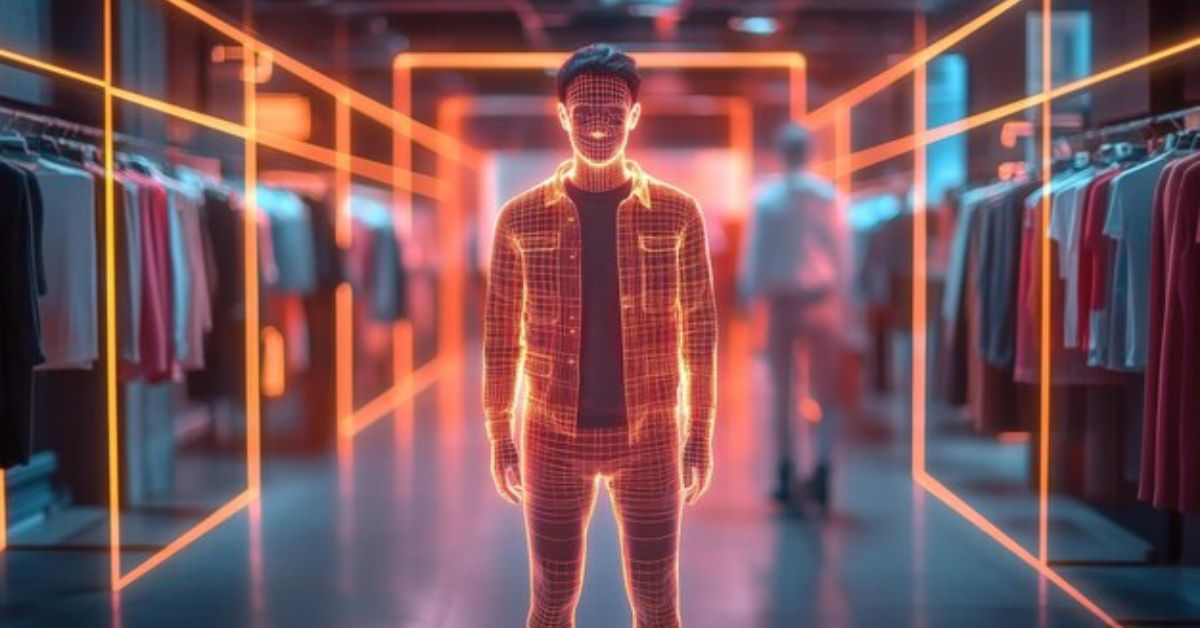Artificial intelligence (AI) continues to advance rapidly, but not all applications of this technology come without concerns. One controversial and concerning use is the development of “undress AI” or AI that can digitally remove clothing from images of individuals. As AI algorithms improve, so does their ability to manipulate images and videos, raising ethical questions about privacy, consent, and the misuse of technology. This article will explore what undress AI is, how it works, the implications of its existence, and what needs to be done to prevent its misuse.
What Is Undress AI?
Undress AI refers to artificial intelligence software designed to create a false visual depiction of a person without their clothes. This type of AI uses machine learning algorithms to analyze photographs or videos of clothed individuals and generate an altered image that makes it appear as though the individual is nude. Although marketed by some developers as entertainment or artistic tools, undress AI poses serious risks in terms of violating privacy and personal dignity.
The process of undress AI manipulation relies on deep learning, a subset of machine learning that trains neural networks to identify and recreate patterns. In this case, the AI studies vast datasets of human bodies, clothing, and textures, and it uses that information to “fill in” the clothing removal digitally. As AI technologies evolve, undress AI becomes increasingly sophisticated, making it more difficult to distinguish between manipulated and real images.
How Does Undress AI Work?
Undress AI operates using deepfake techniques, a technology that allows AI to create fake, highly realistic images or videos. Deepfake software is based on neural networks that can study patterns in images, such as the folds of clothing or the contours of the human body. Once the AI learns these patterns, it can alter images by simulating what the person might look like without clothing.
The AI collects a large dataset of images that show the same body type with and without clothing. Using this dataset, the system “learns” how to reconstruct body features and skin textures where clothes once were. It is important to note that these images are not accurate representations of what a person looks like underneath their clothing; they are AI-generated fabrications that create the illusion of nudity.
These tools can often work in a matter of seconds, making them dangerously easy to use by anyone with basic technical skills. Unlike earlier versions of photo manipulation software that required expertise, undress AI allows even unskilled users to create explicit deepfakes.
The Dangers of Undress AI
Undress AI presents numerous dangers that can affect individuals and society at large. One of the most significant concerns is the violation of personal privacy. The ability to create non-consensual nude images of people has severe implications for their safety, security, and mental health. The creation and distribution of deepfake images, especially those generated without consent, can lead to emotional distress, harassment, and reputational damage.
Moreover, undress AI deepfakes can be weaponized for cyberbullying, revenge porn, and online harassment. Women and public figures, in particular, are often targets of these digital manipulations. Many victims of deepfake pornography find themselves in situations where their personal and professional lives are compromised, even though they were not involved in the creation of the content.
In addition to individual harm, undress AI also undermines trust in digital media. As these technologies advance, it becomes increasingly difficult to determine the authenticity of images and videos. This growing mistrust can erode public confidence in media, making it harder to distinguish between real and manipulated content in journalism, advertising, and social media.
Legal and Ethical Implications
The rise of undress AI brings serious legal and ethical challenges that society must address. One of the biggest ethical concerns is the issue of consent. Non-consensual image creation and distribution of explicit deepfakes violate a person’s right to control how their likeness is used. Since the people depicted in these images have no say in their creation, it raises serious moral questions about autonomy and personal dignity.
From a legal standpoint, many countries lack comprehensive laws that address the specific issue of deepfakes and undress AI. While some jurisdictions have criminalized deepfake pornography or revenge porn, enforcement remains challenging. Laws that protect privacy, such as defamation or harassment legislation, are often inadequate in addressing the complexity of deepfake manipulation, especially as AI-generated content becomes more realistic and widespread.
Additionally, undress AI poses ethical questions for developers and the tech industry. Should AI engineers be held accountable for the negative uses of their creations? While some may argue that AI tools themselves are neutral, the potential for misuse requires a conversation about responsible AI development. Developers must be mindful of the consequences of their innovations and consider implementing safeguards to prevent harm.
Combating the Misuse of Undress AI
The battle against the misuse of undress AI requires a multifaceted approach, including technological solutions, legal reform, and public awareness. First, tech companies and researchers should invest in creating counter-AI solutions that can detect and flag deepfakes. Developing AI systems capable of identifying manipulated content is critical in mitigating the harm caused by undress AI and other deepfake technologies.
Government intervention is also necessary to curb the misuse of undress AI. Legislators must develop clear and enforceable laws that address deepfake creation and distribution, especially when it involves non-consensual nude images. While some countries have made strides in this area, more comprehensive legal frameworks are needed to protect victims and deter bad actors.
Public education and awareness campaigns are equally important in combating the spread of undress AI. Many people may not be aware of how easily AI can be used to manipulate images or videos. Educating the public about the risks of deepfakes, how to identify them, and how to report non-consensual content will help prevent the widespread misuse of this technology. Media literacy should also be promoted, encouraging people to question the authenticity of digital content before accepting it as real.
The Role of Social Media Platforms
Social media platforms play a critical role in the dissemination of AI-manipulated content, including undress AI deepfakes. These platforms must take greater responsibility in moderating and removing harmful deepfake content. Most social media companies already have policies against explicit content and non-consensual pornography, but enforcement can be inconsistent.
Platforms should implement advanced AI detection tools that can identify manipulated content before it goes viral. In addition, they should create reporting mechanisms that allow users to flag deepfakes and non-consensual images quickly and easily. More transparency in how social media companies handle these cases would also promote accountability and ensure that they are taking the issue seriously.
Finally, social media companies should work with policymakers, researchers, and advocacy groups to create standardized guidelines for handling deepfakes. Collaborating with a broader community ensures that platforms stay ahead of technological advancements and protect users from emerging threats.
Future of AI Regulation and Ethical AI
As AI technologies evolve, it becomes increasingly important to create ethical guidelines for their development and use. AI can be a powerful tool for good, but without proper oversight, it can cause harm in ways that were not anticipated by developers. The future of AI regulation will need to balance innovation with the protection of individual rights.
Organizations, governments, and AI developers should work together to establish ethical AI standards that prioritize privacy, consent, and transparency. These standards could include strict protocols for how AI is trained, limitations on the datasets used, and accountability measures for developers when their creations are misused.
Governments will also need to keep pace with AI developments by updating laws that reflect the changing technological landscape. International cooperation will be essential, as deepfake content and undress AI can easily cross borders, making it a global issue.
Conclusion
Undress AI represents a troubling aspect of the broader deepfake trend. While AI has the potential to revolutionize industries and improve lives, its misuse in creating non-consensual deepfake images raises significant ethical and legal concerns. Addressing the dangers of undress AI requires a combined effort from lawmakers, developers, social media platforms, and the public. Only through collective action can we prevent this technology from causing harm and ensure that AI serves society in positive and ethical ways.










